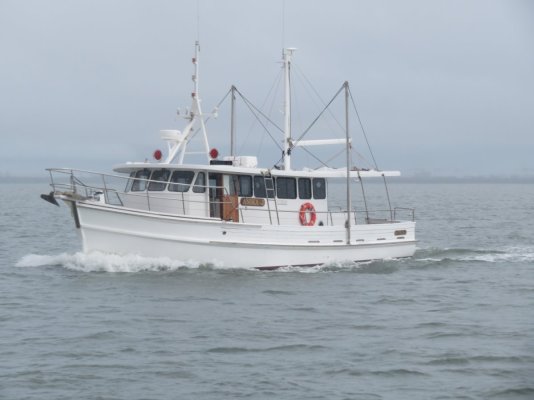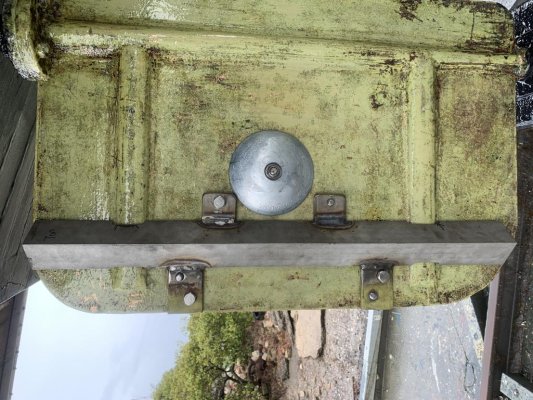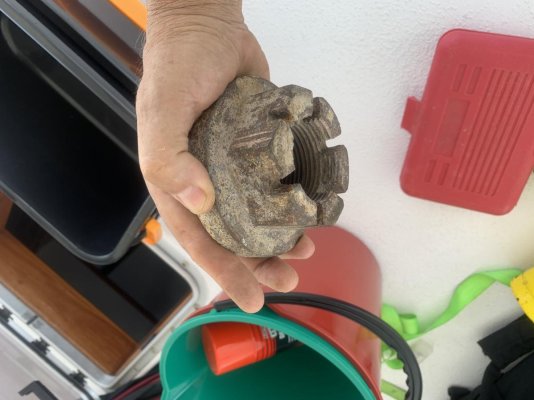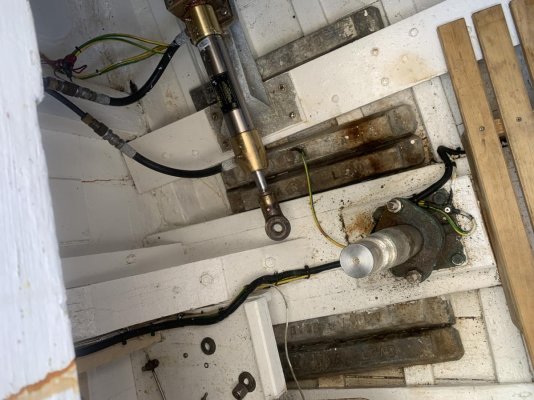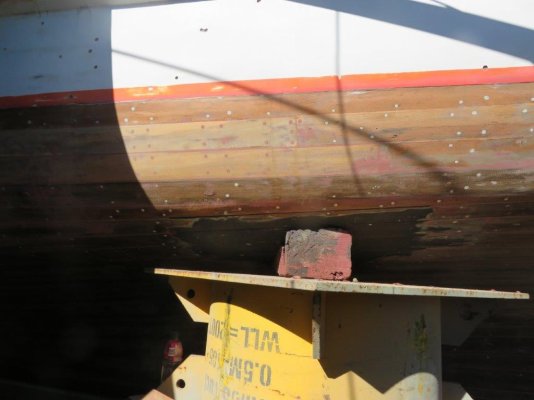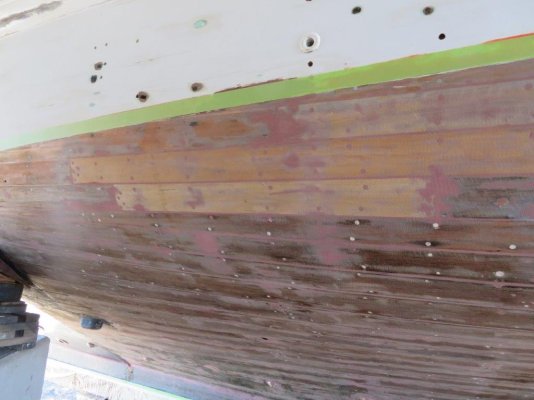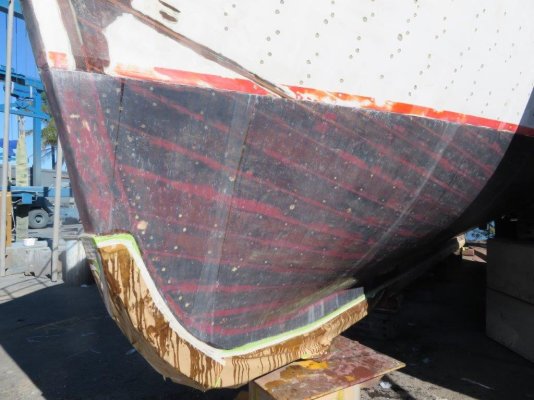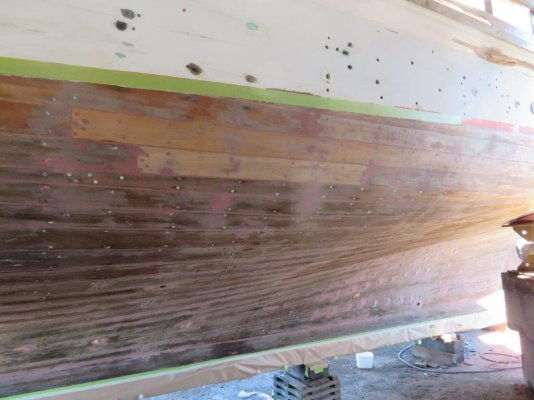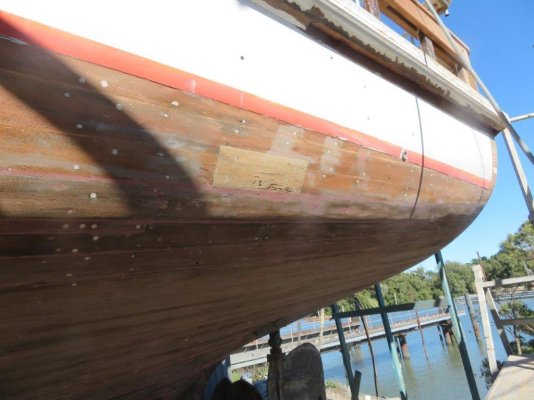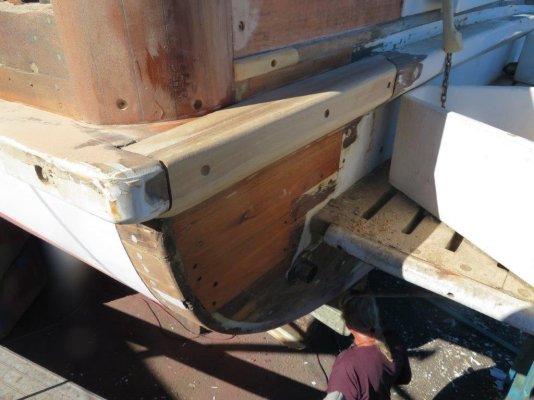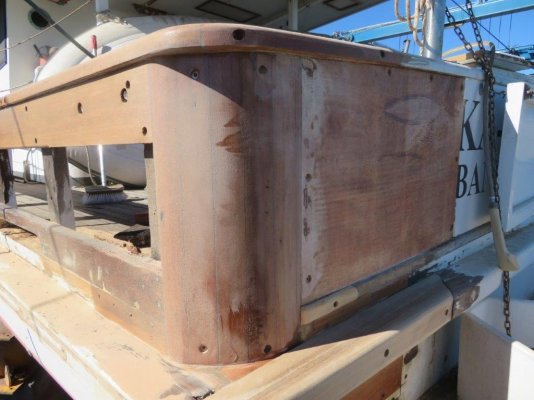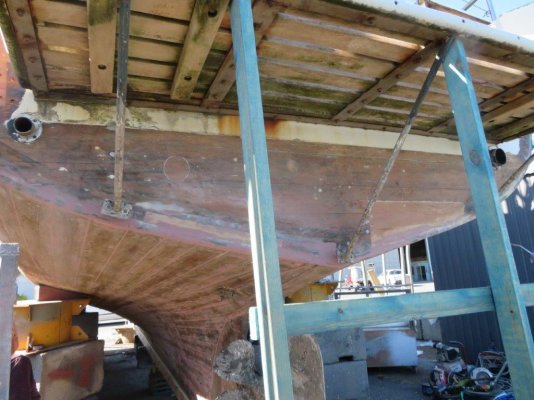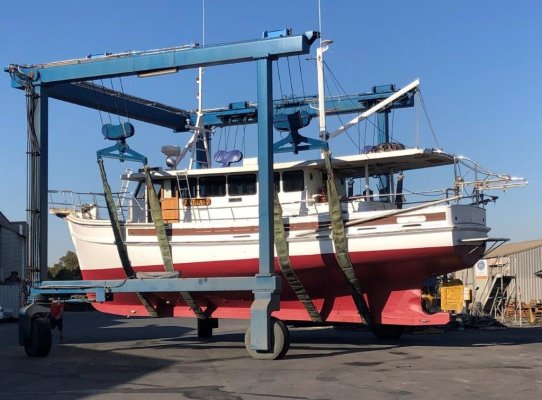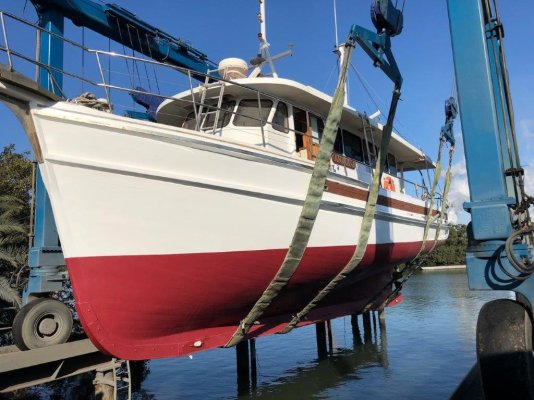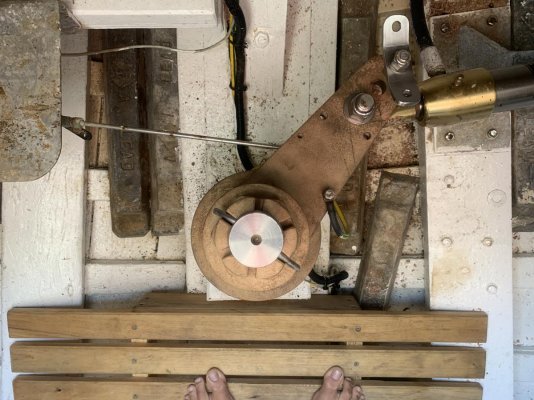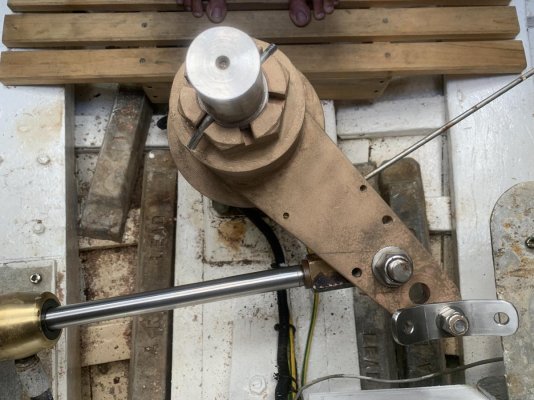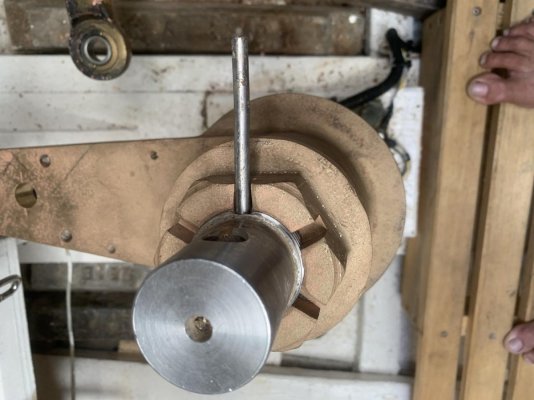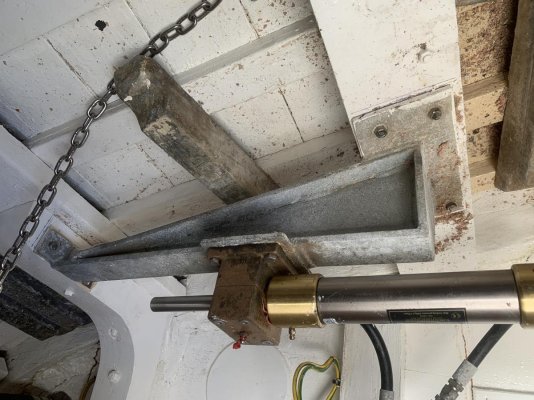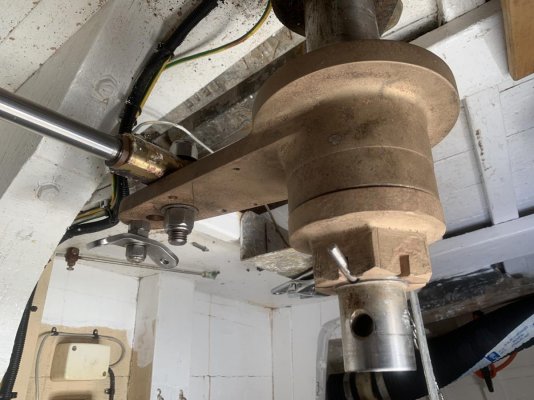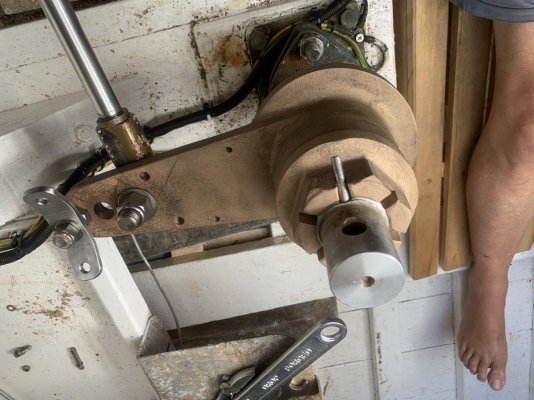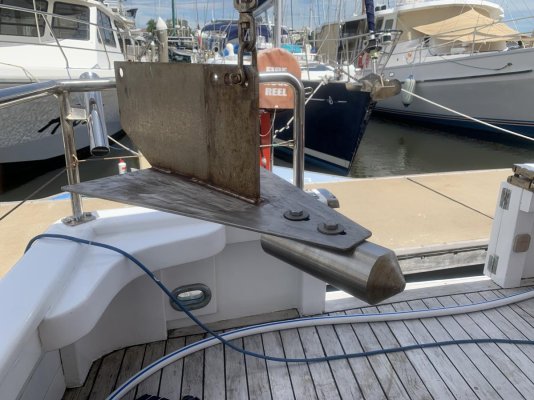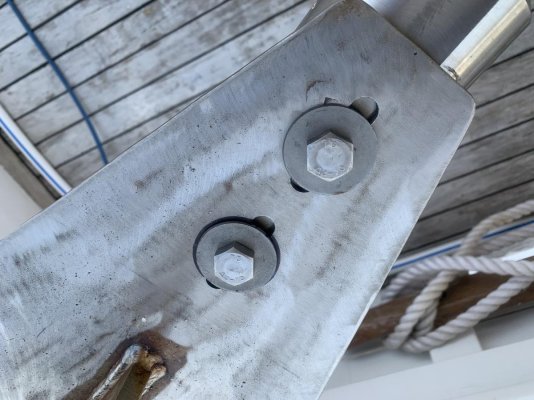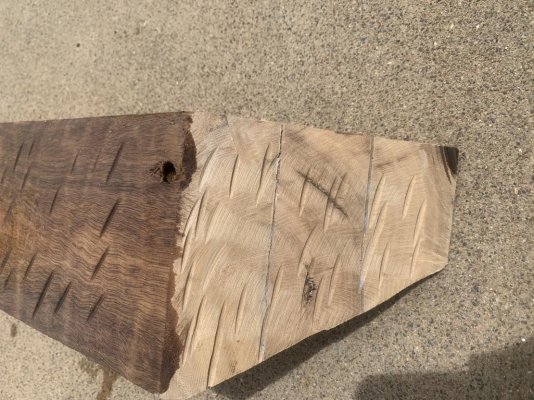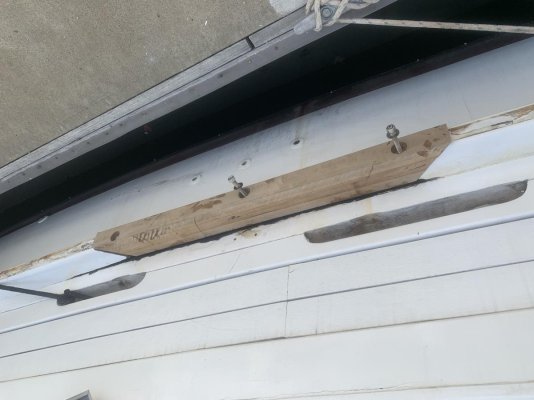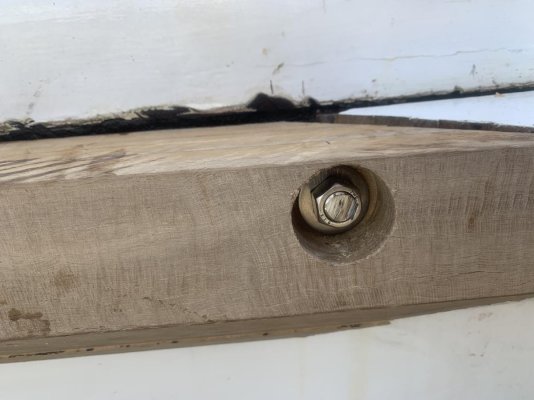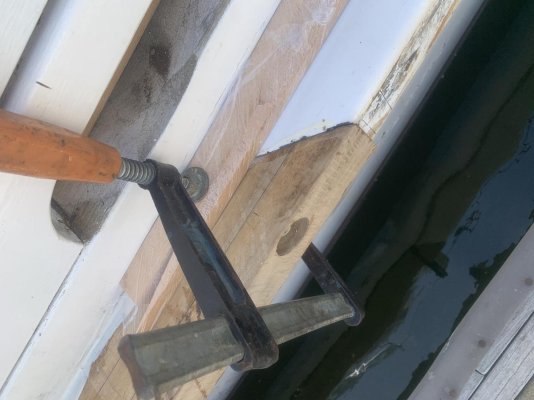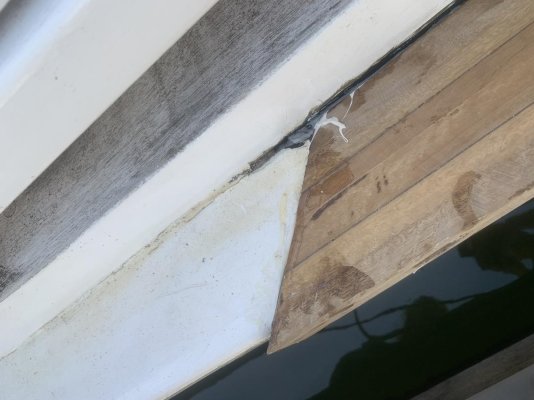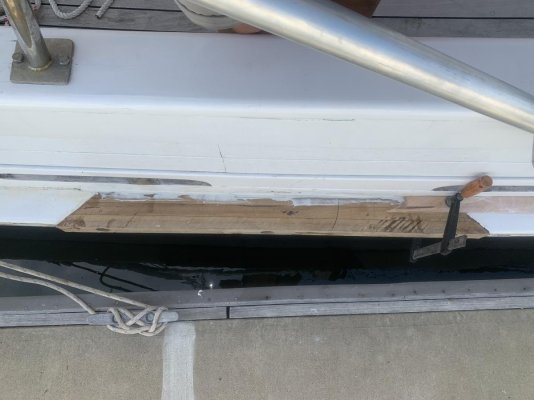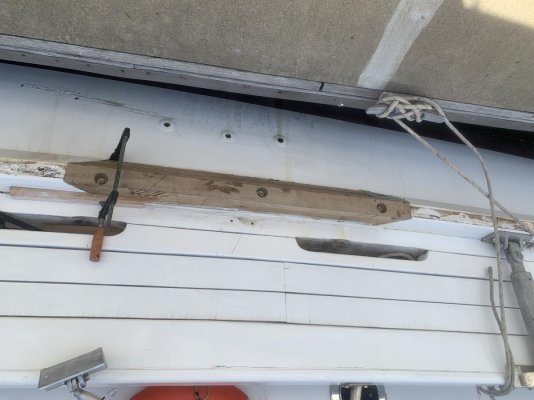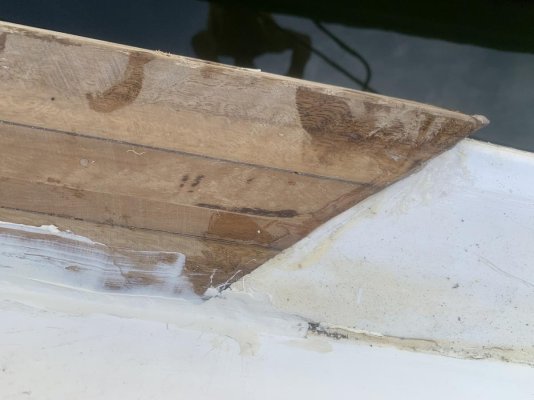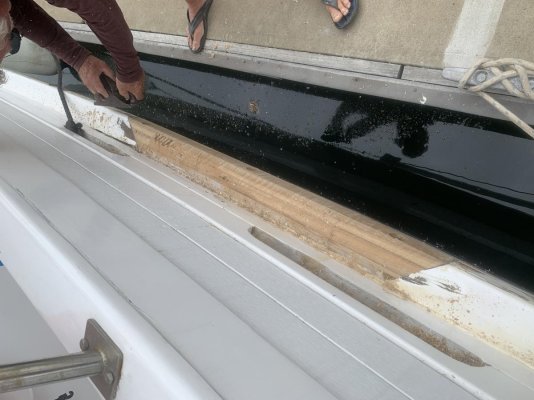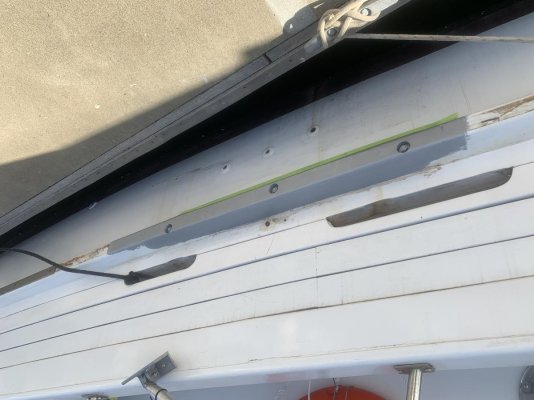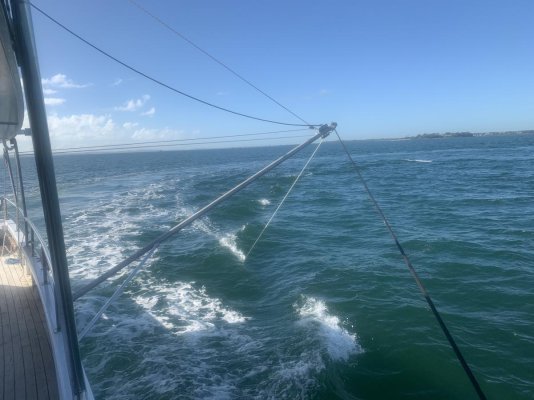Kit_L
Senior Member
- Joined
- Mar 12, 2016
- Messages
- 476
- Location
- Australia
- Vessel Name
- Suu Kyi
- Vessel Make
- Custom 40' catamaran
I named this thread in honour of Wayfarer's "Adventures of Sylphide", simple because I have enjoyed that thread so much.
We (Olivia, the Admiral) and I bought Anika J a couple of weeks ago, and I am in Manly, Qld, working on a number of things that need to be done before we head offshore, primarily rigging and adapting the paravanes, changing the rudder geometry to improve slow speed manoeuvring, modifying the main cabin settee to become my bunk while underway, adding power points (I will be working from the vessel) and generally learning her systems. First an image:
She is a Holmes-designed and built 48' timber boat, with a draft of 6'3" (1.9m), a beam of 4.2m (14'), and a displacement of approximately 30+ tons.
I will make these posts short, and if anyone can advise me how to post images and place text in between, I will be grateful. If this is not possible, I will post one or more images that are related to the text for ease of reading.
We (Olivia, the Admiral) and I bought Anika J a couple of weeks ago, and I am in Manly, Qld, working on a number of things that need to be done before we head offshore, primarily rigging and adapting the paravanes, changing the rudder geometry to improve slow speed manoeuvring, modifying the main cabin settee to become my bunk while underway, adding power points (I will be working from the vessel) and generally learning her systems. First an image:
She is a Holmes-designed and built 48' timber boat, with a draft of 6'3" (1.9m), a beam of 4.2m (14'), and a displacement of approximately 30+ tons.
I will make these posts short, and if anyone can advise me how to post images and place text in between, I will be grateful. If this is not possible, I will post one or more images that are related to the text for ease of reading.
Attachments
Last edited:

